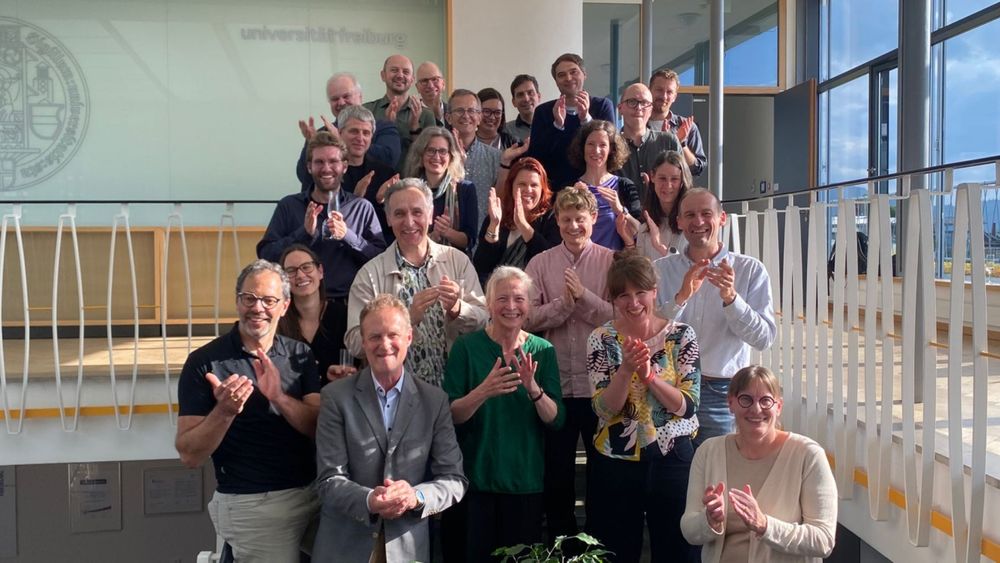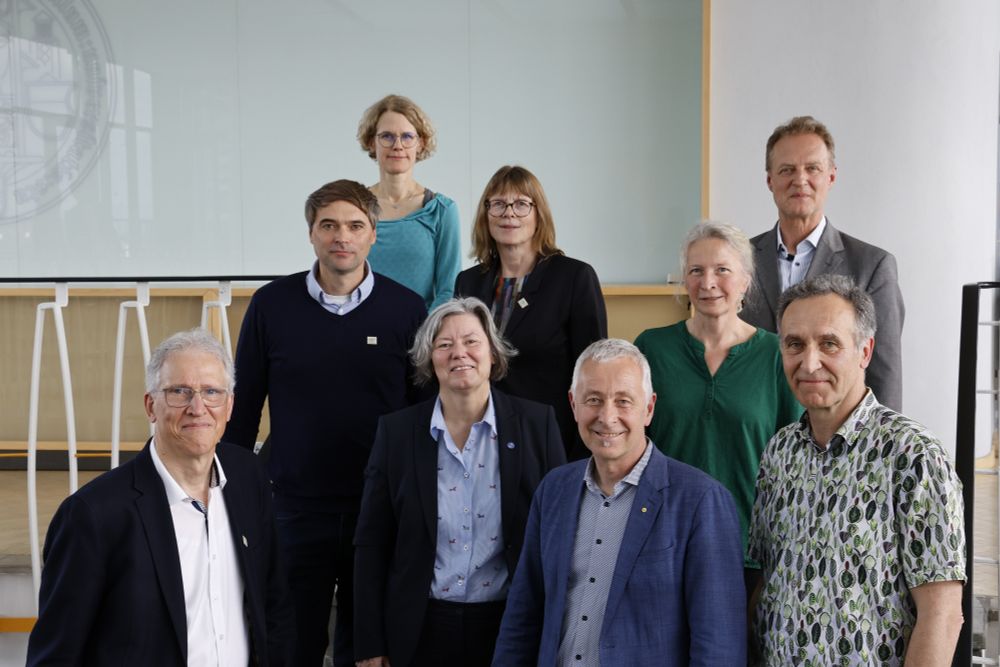@multitroph.bsky.social
84 followers
69 following
22 posts
MultiTrophic interactions in a forest biodiversity experiment in China - www.bef-china.com - DFG research unit - plant & animal lovers - ecosystem functioning
Posts
Media
Videos
Starter Packs
Reposted
Reposted
Reposted
Reposted
Brian J. Enquist
@bjenquist.bsky.social
· May 26

A comprehensive illustrated protocol for clearing, mounting, and imaging leaf venation networks
Premise Leaf venation network architecture can provide insights into plant evolution, ecology, and physiology. Venation networks are typically assessed through histological methods, but existing pro...
bsapubs.onlinelibrary.wiley.com
Reposted
Alexandra Klein
@naturealexk.bsky.social
· May 25

Future Forests Excellence Cluster successful
We did it! Our proposal for a Cluster of Excellence will be funded by the German Research Foundation. The Cluster of Excellence Future Forests – Adapting Complex Social-ecological Forest Systems to Gl...
www.linkedin.com
Reposted
Reposted
Reposted
























